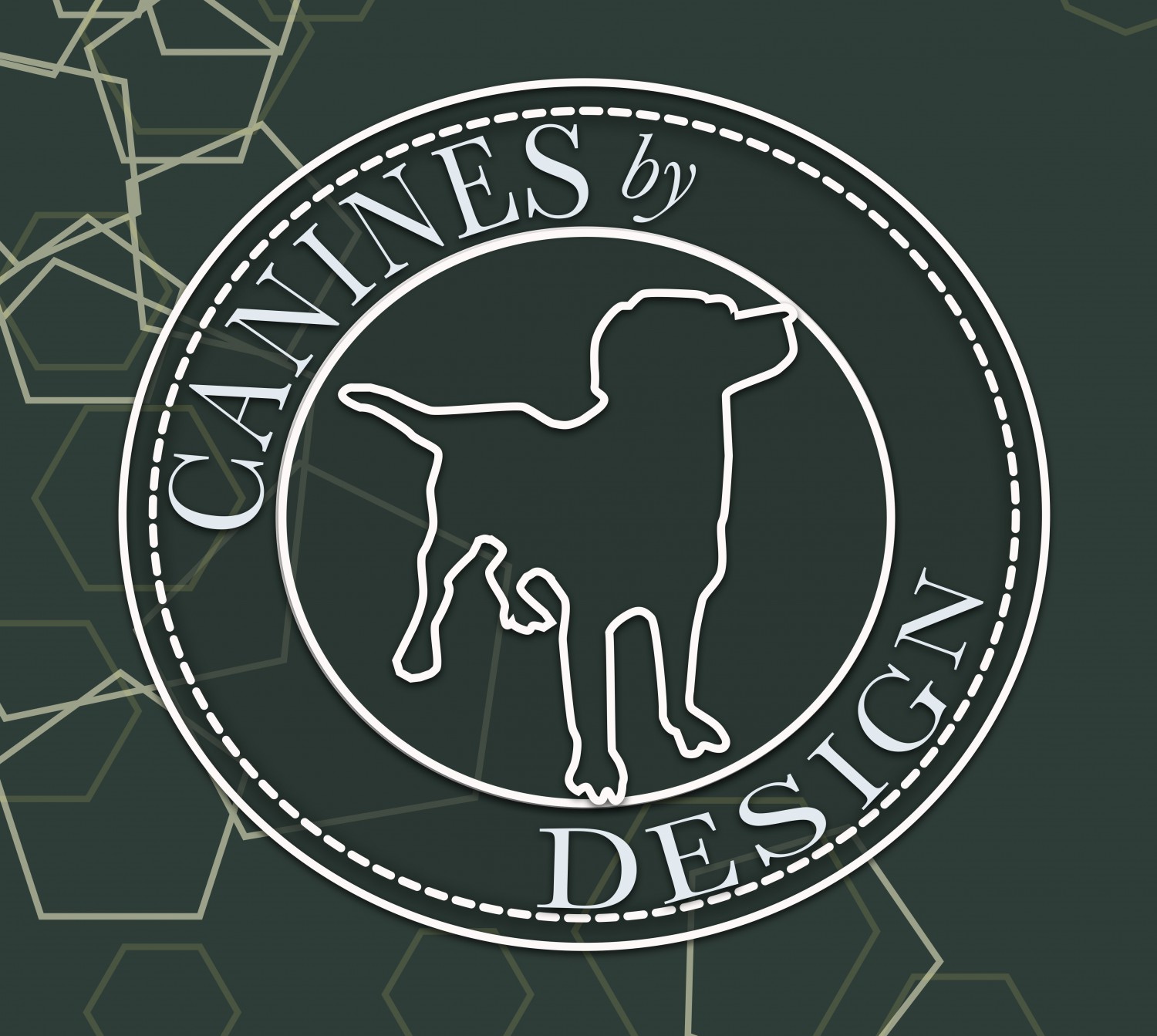
Out For A Walk
One concept that I revisit often with clients and when I see other training teams in action is proofing. In fact, proofing was the topic of my second blog post ever, which you can access here. How often have we talked with a friend or another canine caregiver and heard that “normally they will listen” or “they have never done that before”? Well I am here to show you how a three letter word, NEW, will help your canine achieve the ability to stay “cool as a cucumber” and know how to act appropriately no matter what is going on around them.
Quickly, proofing or the concept of proofing with dogs, refers to the act of practicing already learned instructions (e.g. sit) in different places with different stimuli around. By doing so, we increase the efficacy of that instruction, or to put it another way, we increase the reliability that the instruction will be completed by the canine when asked no matter what is happening or going on around them.
New and novel things, items, and stimuli are just experiences, objects, and animals that we have yet to encounter in our lives. An extreme example is this, for many of us that live in Canada, the sight of a Lion would likely be a new a novel thing, but for someone that grew up in Central Africa, or who have been on Safari’s before, this sight isn’t necessarily something that will elicit an “oooo and awwww” reaction. A less extreme and maybe more realistic example would be a person trying out a new ethnicity of food. New smells, tastes, appearances and textures can be overwhelming for the uninitiated who is flooded with plate after plate of unknowns. But if that same person was eased in to the new food and was able to order a familiar item alongside a new an novel one, they will be much more open to the experience as a whole. They would be more likely to look back on it fondly than if they were traumatized by textures and smells they never thought could come from food.
Novelty applies for dogs as well. Novelty comes in many forms in our surrounding environments. It can be a surface they are walking on, the smells around them, the sounds, another new dog, or a new person walking them, a new walking harness, and even smaller changes like the time of day and lighting level (e.g. walking in the dark at night), the fact you are using a new treat for training, or that there is a new ball being used in the dog park. Small changes make a big difference!
For those of us who have spent time training and working with service dogs, we try to cover off as many of these “NEW” things that a service dog would encounter in their lives so that when it comes up again, and they are helping out their service partner, they will know what they need to do, not be surprised by what they encounter, and will still get the job done.
For the rest of us, proofing can be a bit of a new concept so lets use an example familiar to many of us, “sitting” inside the house, and “sitting” outside the house. Generally speaking, if the sit instruction has been taught using positive reinforcement, when we say sit, they should sit. And in this example, inside the house, this is exactly what we get. It also should be mentioned that in this example, I have a young puppy who has just learned sit, but because it is new, we have only practiced it inside so far. But at this point, I ask “Spot” to sit, and he sits. Now, Spot and I go out front of the house. We are going about our activities and I politely ask Spot to sit. No response. I wait 15-18 seconds to let him think it through, but still no response. What changed? Same command, same technique and procedures were used to ask and re-ask the instruction.
The major change occurred when we went outside into a new environment. We are in a new place, with new stimuli and a young puppy who hasn’t experienced it before. Like the person who was overwhelmed with new smells and tastes, this in itself can overwhelm them and make it hard to listen and think. Like being flooded with lights and sounds at a rock concert, this new place is full of stimuli that will contribute to “sit” being less effective outside.
So what can we do? Well this is where proofing is so powerful. Proofing can be thought of as practicing an already learned instruction or behaviour with a dash of novelty incorporated. Each time we practice the “sit” with Spot, we can make small changes to the environment, incorporating new and novel aspects, which will help Spot solidify the learned instruction in a variety of situations. For example, once he can sit inside, and sit outside by the front door, I will have him sit on a new and novel surface (e.g. tile, or a drain grate, or grass), proofing that surface. I could then practice sit when there is another novel aspect (e.g. there are other dogs in the vicinity [first farther away, then very gradually closer and closer over time]). By going through this process of practicing instructions and proofing them with a variety of stimuli, we can help teach our canines how the boundaries and behaviours that we have already taught them expand and apply out into the community.

You must be logged in to post a comment.